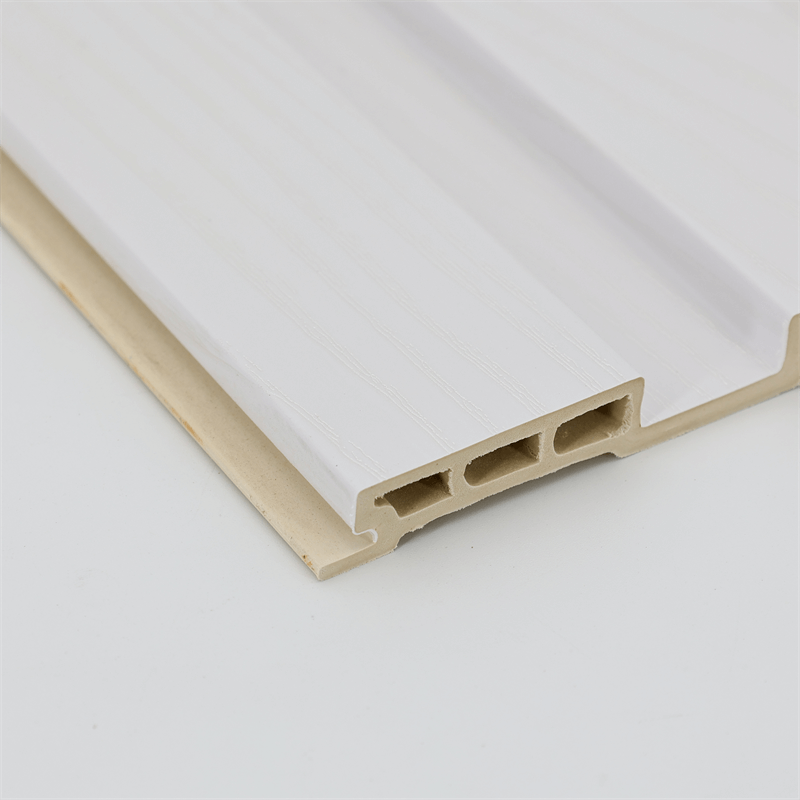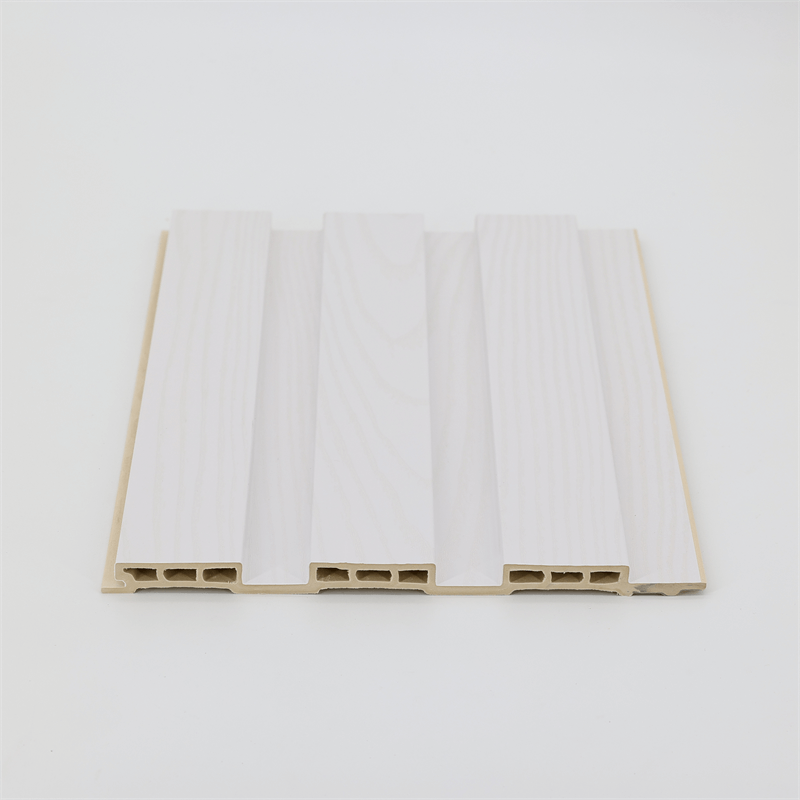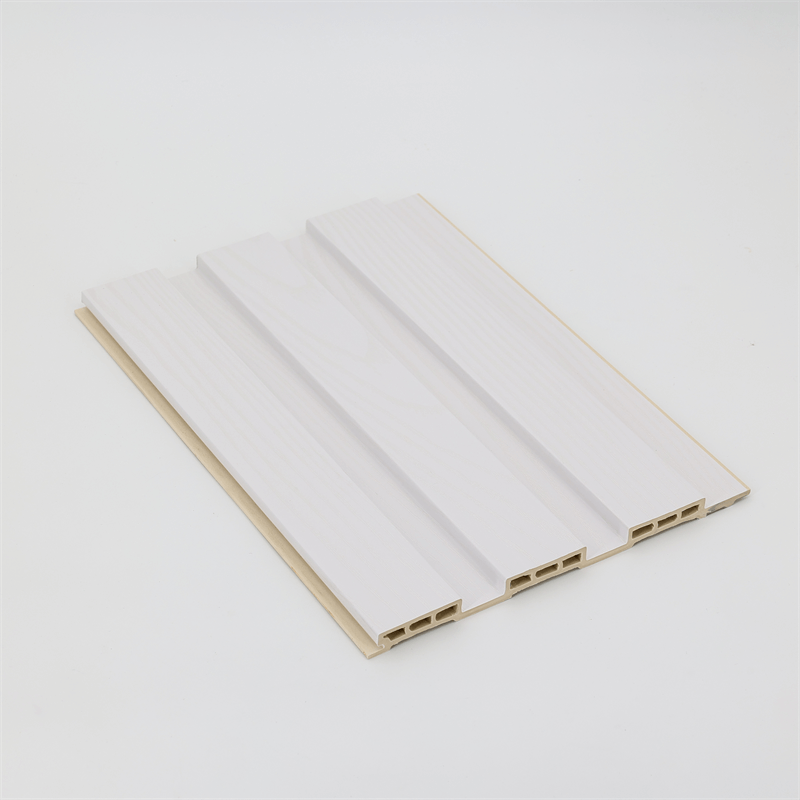In the realm of modern architecture, the incorporation of innovative materials is paramount to achieving both aesthetic excellence and functional efficiency.
Wood-Plastic Composite (WPC) wall panels have emerged as a versatile and highly adaptable solution, revolutionizing the way architects approach building design and construction.
This essay delves into the diverse applications and benefits of WPC wall panels, highlighting their versatility in terms of form, function, sustainability, and integration with modern architectural styles.
I. Form: Aesthetic Possibilities and Design Freedom
WPC wall panels offer architects an extensive range of aesthetic possibilities, enabling them to push the boundaries of design and create visually striking facades and interior spaces.
These panels are available in various sizes, shapes, and textures, allowing architects to achieve their desired architectural expressions.
Whether architects aim for a sleek, minimalist look or a more textured and organic appearance, WPC wall panels can be customized to suit their artistic vision.
The versatility of WPC panels extends beyond their appearance.
These panels can be easily cut, shaped, and molded into different forms, enabling architects to explore innovative designs and create unique architectural elements.
Whether it’s curved walls, three-dimensional patterns, or intricate detailing, WPC wall panels provide the freedom to experiment and bring architectural visions to life.
II. Function: Enhancing Performance and Sustainability
In addition to their aesthetic versatility, WPC wall panels offer a multitude of functional benefits that enhance the performance of modern architectural designs.
These panels are lightweight yet structurally robust, making them an ideal choice for both exterior and interior applications.
They provide excellent thermal insulation, reducing energy consumption and improving overall building efficiency.
Additionally, their inherent moisture resistance and durability make them suitable for various environments, including high-humidity areas.
Furthermore, WPC wall panels contribute to sustainable architecture. They are composed of recycled wood fibers and recycled plastic materials, reducing the reliance on virgin resources.
By incorporating these panels, architects promote eco-friendly construction practices and contribute to the reduction of waste.
Moreover, the manufacturing process of WPC wall panels requires less energy compared to traditional building materials, further minimizing the carbon footprint associated with construction.
III. Integration with Modern Architectural Styles
WPC wall panels seamlessly integrate with a wide range of modern architectural styles, making them a popular choice among architects seeking to create contemporary and visually compelling structures.
These panels can be used to accentuate the sleek lines and geometric shapes commonly found in modern architecture.
Their smooth finishes and clean edges complement the minimalist aesthetics often associated with contemporary designs.
Additionally, WPC wall panels can be combined with other building materials to create striking visual contrasts and dynamic façades.
They can be juxtaposed with glass, steel, or concrete to add texture and depth to the building’s exterior.
Whether used as a primary cladding material or as decorative elements, WPC wall panels enhance the overall aesthetic appeal of modern architectural designs.
IV. Adaptability: Residential, Commercial, and Public Spaces
The adaptability of WPC wall panels extends to various types of architectural projects, including residential, commercial, and public spaces.
These panels are suitable for both new constructions and renovations, offering architects flexibility in their design choices.
In residential settings, WPC wall panels can transform interiors by creating focal points or accent walls, adding warmth and character to living spaces.
In commercial and public spaces, WPC wall panels offer a durable and visually appealing solution.
They can be used in retail establishments, offices, hotels, and public buildings to create welcoming and engaging environments.
Whether it’s a sleek and professional office interior or a vibrant and inviting retail space, WPC wall panels contribute to the overall ambiance and branding of commercial establishments.
The versatility of WPC wall panels has redefined the possibilities of modern architecture.
With their aesthetic flexibility, functional benefits, seamless integration with modern architectural styles, and adaptability to various project types, these panels have become a preferred choice for architects worldwide.
As the architectural landscape continues to evolve, WPC wall panels serve as a testament to the power of innovation and the limitless potential of materials in shaping the future of modern design.
By incorporating WPC wall panels into their projects, architects can create visually stunning, sustainable, and functional spaces that captivate and inspire.

In conclusion, the versatility of WPC wall panels in modern architecture cannot be overstated.
From their ability to assume various forms and shapes to their functional benefits, sustainable attributes, and seamless integration with modern architectural styles, these panels offer architects unparalleled creative freedom and design possibilities.
Whether used as primary cladding materials, decorative accents, or interior focal points, WPC wall panels elevate the visual appeal and performance of buildings.
Moreover, the adaptability of WPC wall panels extends to a wide range of architectural projects, from residential homes to commercial and public spaces.
Their versatility makes them an ideal choice for architects looking to create contemporary, sustainable, and visually striking structures that harmonize with their surroundings.
As architects strive to push the boundaries of design and construction, WPC wall panels have emerged as a valuable tool in their arsenal.
By incorporating these panels into their projects, architects not only enhance the aesthetics and functionality of their designs but also contribute to sustainable building practices and reduce the environmental impact of construction.
In an era where architectural innovation and sustainability go hand in hand, WPC wall panels stand at the forefront, exemplifying the potential of materials to shape the built environment.
As the demand for versatile and sustainable building solutions continues to grow, WPC wall panels will undoubtedly remain a vital component in the repertoire of modern architects.
In essence, the versatility of WPC wall panels empowers architects to transcend traditional boundaries, unleash their creativity, and realize their architectural visions in a sustainable and efficient manner.
The integration of these panels in modern architecture signifies a new era of design possibilities, where aesthetics, functionality, and environmental responsibility converge to create structures that inspire and endure.


